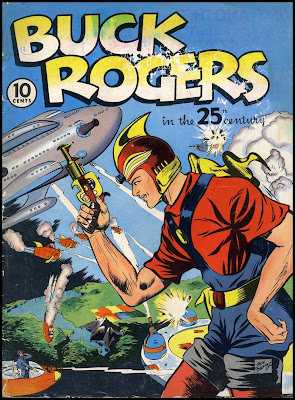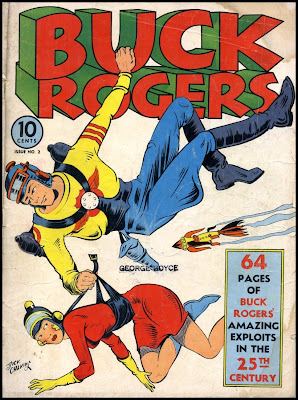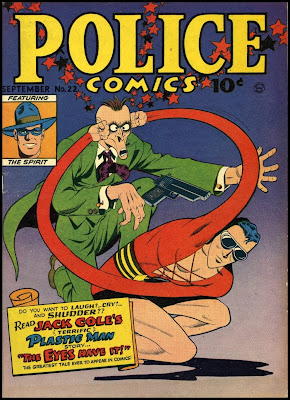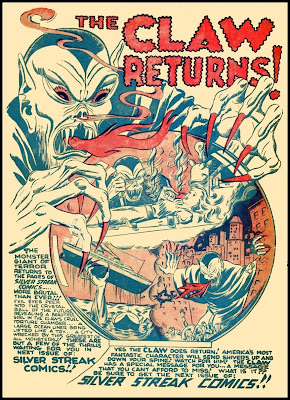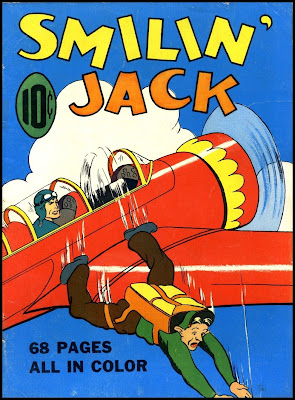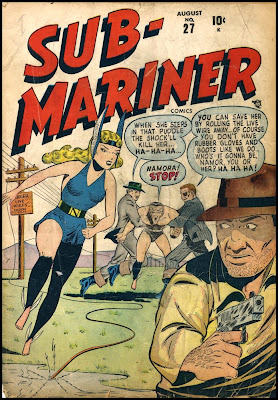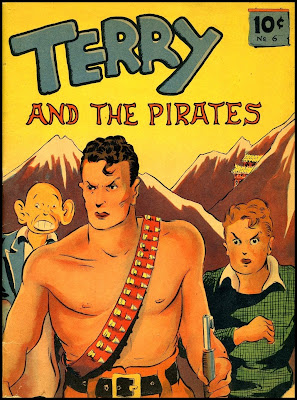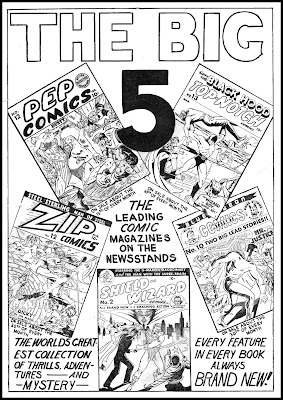I have to attend a funeral this weekend, so this entry is made up a couple real gems that I've been saving for a rainy day.
There are a few illustrators whose blogs I'd follow just for their so-good-I-sometimes-want-to-cut-my-drawing-hand-off-and-mail-it-to-them-as-tribute art, but I have a special place in my heart for the illustrators that take the time to talk about their experience making art. Jillian Tamaki doesn't write very much on her blog, but when she does she often has something useful to say about what it takes to be an illustrator.
Recently illustrator Quentin Blake got a website, and I heard about it on Jillian's blog. You all know Quentin's work, even if, like I didn't, you don't recognize his name immediately. His wiggly line is what you picture when you imagine a Roald Dahl book. He illustrated Matilda, B.F.G., Willy Wonka, and literally hundreds of other children's books.
And on Quentin's site is a very well-produced TEN MINUTE video of Quentin walking you through his well-honed working process from beginning to end. Look at this still image! This is what I wish Comic Tools COULD be, video-documenting masters using their tools and explaining their process:
 It Looks like one of my process photos, right?!
It Looks like one of my process photos, right?!Just for posting this link to alert us of it's existence we all owe Jillian a kidney. But she went further than that, and she talked about some of Quentin's work habits and what makes them as effective as they are, and how they apply to everyone who makes art professionally:
A few things I thought were really interesting about the video:
1. While inking the final image on the light-table (with what looks like an upside down nib?), he is NOT tracing. He is redrawing using the underlying image as a rough guide. Nathan Fox spoke a bit about this when he visited my class a few weeks ago, as he inked over a very loose drawing. I think it's really important you CONCENTRATE when you're drawing and stay very cognizant about what you are doing. You should never be on "autopilot" when you are drawing.
2. Please observe that he will often do a piece several times. I do this too. If something isn't working, sometimes the best thing to do is to throw it away and start over. This is particularly important if "freshness" and "simplicity" is a vital aspect of your work. In many ways, "simple" is the hardest thing to do because you have nowhere to hide.
3. I have noticed that many students do not like doing sketches. Quentin Blake's work looks so free and loose, but please note the amount of planning and roughs behind his pictures. The fact is that illustrators are collaborators and sketches are the way we communicate with designers, art directors, editors, or whoever we're working with. Part of your process development should be finding a way to fulfill this step while still keeping things interesting and fresh for the final stage.
1. While inking the final image on the light-table (with what looks like an upside down nib?), he is NOT tracing. He is redrawing using the underlying image as a rough guide. Nathan Fox spoke a bit about this when he visited my class a few weeks ago, as he inked over a very loose drawing. I think it's really important you CONCENTRATE when you're drawing and stay very cognizant about what you are doing. You should never be on "autopilot" when you are drawing.
2. Please observe that he will often do a piece several times. I do this too. If something isn't working, sometimes the best thing to do is to throw it away and start over. This is particularly important if "freshness" and "simplicity" is a vital aspect of your work. In many ways, "simple" is the hardest thing to do because you have nowhere to hide.
3. I have noticed that many students do not like doing sketches. Quentin Blake's work looks so free and loose, but please note the amount of planning and roughs behind his pictures. The fact is that illustrators are collaborators and sketches are the way we communicate with designers, art directors, editors, or whoever we're working with. Part of your process development should be finding a way to fulfill this step while still keeping things interesting and fresh for the final stage.

And if that wasn't enough talent on video for you, here's Lucy Knisely doing a portrait of the cast of "The Nanny,", from beginning to end, in real time, explaining as she goes. It's around three hours of a great cartoonist doing her thing.






